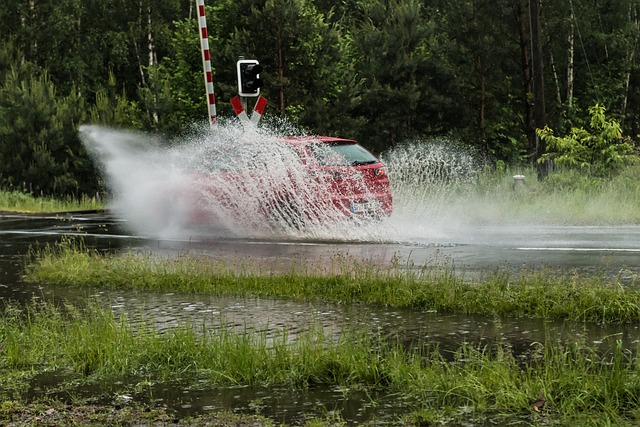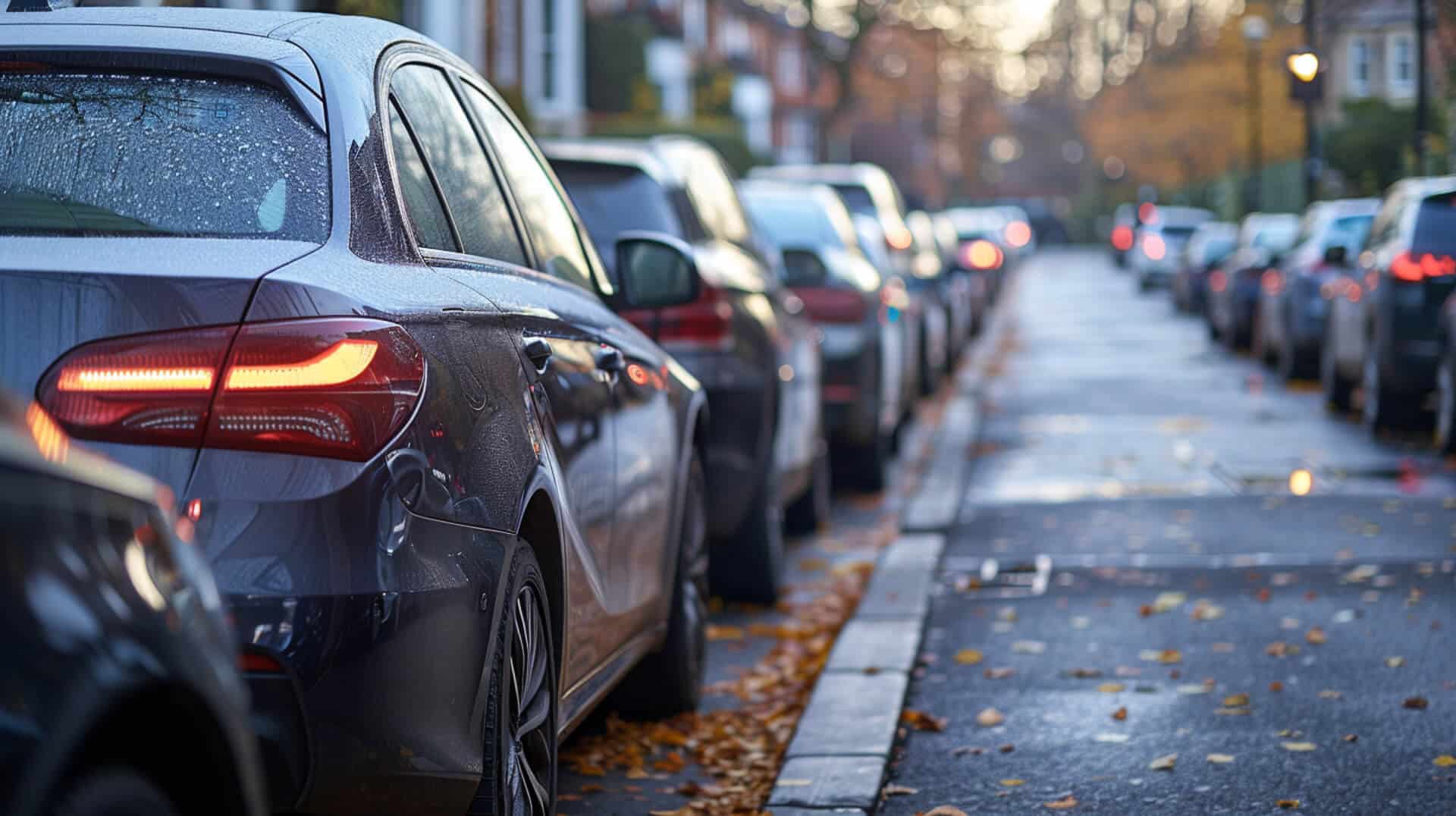
What is the definition of “peep creep”?
Definition of “Peep Creep”
“Peep creep” is a driving technique used when emerging from a closed or blind junction from a side road. It involves using very slow clutch control to creep out slowly, allowing the driver to improve their view and continuously look both ways for updates on oncoming vehicles. This technique is particularly useful in situations where visibility is limited, such as when there are obstructions or when the junction is not clearly visible.
Key Characteristics of “Peep Creep”
The key characteristics of “peep creep” are as follows:
- Using very slow clutch control to creep out slowly: This involves gradually releasing the clutch pedal to move the vehicle forward at a slow pace. By doing so, the driver can have better control over the vehicle’s movement and ensure a smooth and cautious emergence from the junction.
- Keeping a lookout for oncoming vehicles: Throughout the “peep creep” manoeuvre, the driver must continuously scan both directions for any oncoming vehicles. This allows them to assess the traffic situation and make informed decisions about when it is safe to proceed.
- Improving the driver’s view: By creeping out slowly, the driver can improve their view of the road and any potential hazards. This is particularly important in closed or blind junctions where visibility may be limited due to obstructions or other factors.
- Maintaining awareness of updates on oncoming vehicles: As the driver creeps out slowly, they must remain vigilant and continuously cheque for updates on oncoming vehicles. This includes monitoring the speed and distance of approaching vehicles to ensure a safe and timely emergence from the junction.
By employing these key characteristics, drivers can effectively utilise the “peep creep” technique to safely navigate closed or blind junctions and make informed decisions about when to proceed. This technique is especially valuable for learner drivers in the UK, as it helps them develop essential skills for emerging from side roads and improves their overall driving competence.
Why is “peep creep” important for UK learner drivers?
Understanding “peep creep” is important for UK learner drivers because it contributes to safe driving by helping them maintain a safe distance from the vehicle in front of them. This practice allows drivers to react quickly to any sudden changes in the traffic ahead, such as a vehicle braking suddenly or a pedestrian crossing the road. By focusing on the road ahead and being aware of their surroundings, learners can anticipate potential hazards and maintain a safe speed and distance from other vehicles.
How can “peep creep” affect the confidence and skills of learner drivers?
For learner drivers, using “peep creep” incorrectly can have a negative impact on their confidence and skills. However, being able to use it correctly will increase the drivers confidence dramatically. Here’s how it can affect them:
- Over-Reliance on Other Vehicles: If learner drivers become too reliant on the vehicle in front to set the speed and distance, they may not develop the necessary skills to independently assess and react to changes in road conditions. This can lead to a lack of confidence and a decrease in their driving skills.
- Inadequate Observation and Decision-Making: “Peep creep” requires excellent observation skills to assess the surroundings and make key decisions. If learner drivers do not practice this technique correctly, they may not develop the necessary observation skills, which can impact their ability to make safe decisions while driving.
Overall, the consequences of “peep creep” can range from accidents or near-misses to potential legal implications and a negative impact on the confidence and skills of learner drivers. It is crucial for drivers, especially learner drivers, to understand and practice this technique correctly to ensure safe and responsible driving.
Effective Clutch Control and Practice
Effective clutch control is another essential aspect of “peep creep”. Learner drivers should be familiar with the engagement point of the clutch and ensure that they neither engage it too early nor too late. This helps in maintaining a smooth and controlled start without stalling or accelerating too quickly. Additionally, learner drivers should be aware of the gear they are in and avoid shifting too quickly or too slowly. This ensures that the vehicle accelerates smoothly and avoids any sudden jerks or lurches.
Practice the technique in a quiet road by edging forward a cars length as slowly as possible. When you feel confident progress to actual junctions where visibility is reduced.



